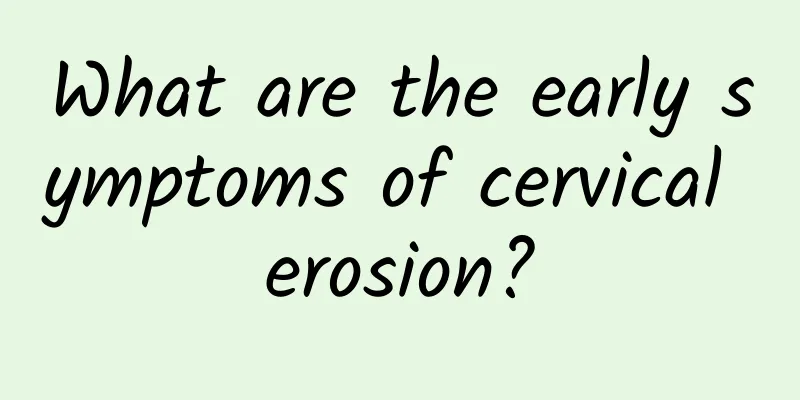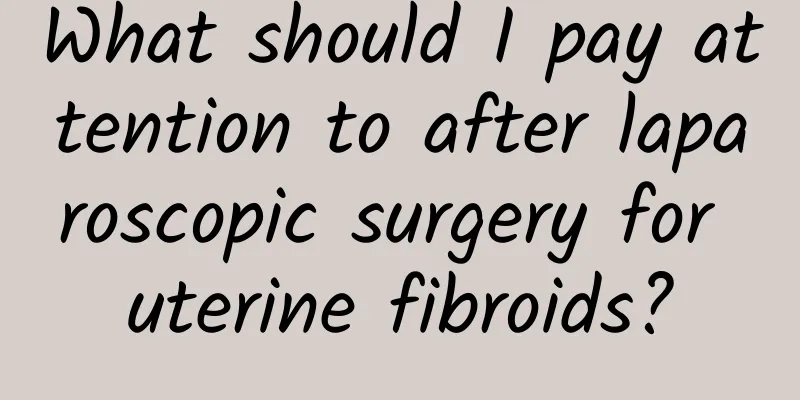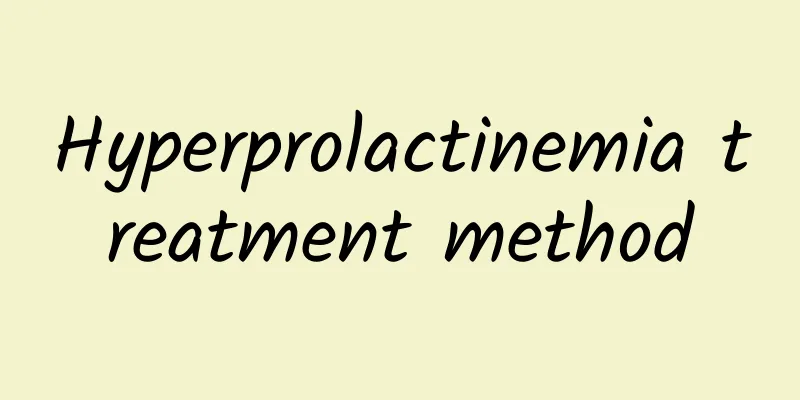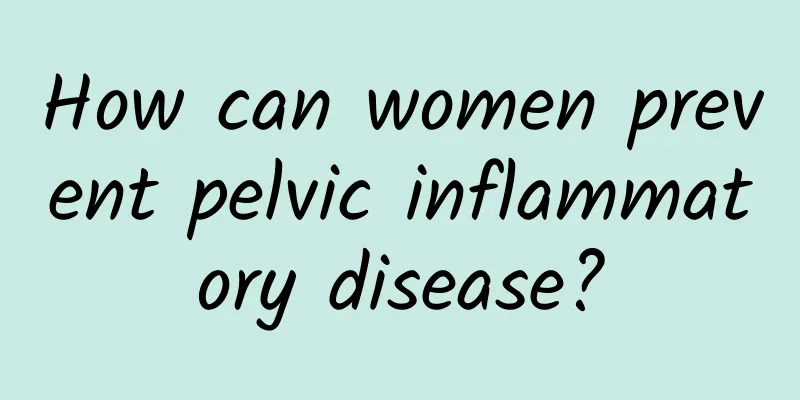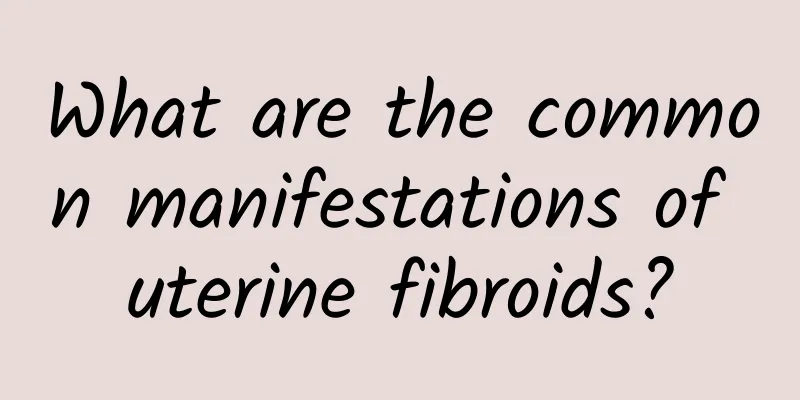Why does the uterus grow fibroids after cesarean section? What is the cause of uterine fibroids after cesarean section?
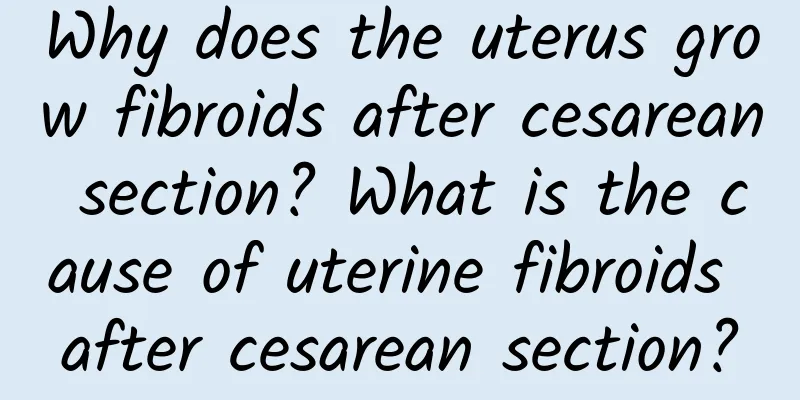
|
Why does the uterus grow fibroids after cesarean section? What is the cause of uterine fibroids after cesarean section? Caesarean section is a method of childbirth through abdominal incision. Although this surgery is essential for the safety of mother and baby in some special cases, it may also lead to certain complications, one of which is the occurrence of uterine fibroids. Uterine fibroids are a common benign tumor that originates from the uterine muscle layer. Among them, cesarean section is an important cause of uterine fibroids. The incision wound after cesarean section needs to heal, but the trauma to the uterus during the operation may lead to the formation of uterine fibroids. This is because uterine trauma may affect the structure of the uterine wall and blood supply, thus creating conditions for the development of fibroids. In addition to trauma, cesarean section may also break the endometrium in some cases, which may cause endometriosis and lead to the formation of uterine fibroids. Cesarean section may also cause the endometrium to spread into the uterine cavity and promote the development of uterine fibroids. The occurrence of uterine fibroids after cesarean section is also related to hormone levels and genetic factors. During pregnancy, changes in hormone levels may cause existing fibroids to grow. Genetic factors also play a role in the occurrence of uterine fibroids. After a cesarean section, symptoms of uterine fibroids may appear months or years after the surgery. Common symptoms include abnormal menstrual bleeding and pain. Small fibroids may not cause noticeable symptoms, while larger fibroids may cause irregular menstruation and abdominal pain. Popular science about why uterine fibroids grow during cesarean section Although cesarean section may lead to the formation of uterine fibroids, not all women who have a cesarean section will experience this complication. Some women may develop uterine fibroids after a cesarean section, while others do not. Therefore, individual physiological differences and genetic background play an important role in this process. To reduce the risk of uterine fibroids following a cesarean section, your gynecologist will usually recommend regular uterine examinations. This includes frequent ultrasounds and gynecological exams to detect any possible problems early. For women who already have fibroids, your doctor may recommend surgical removal of the fibroids to relieve discomfort and associated symptoms. Maintaining a good lifestyle is also important to prevent the occurrence and development of fibroids. This includes paying attention to a healthy diet, maintaining a moderate weight, avoiding smoking and drinking, and avoiding long-term high-intensity exercise. Caesarean section is one of the important causes of uterine fibroids. After a cesarean section, the trauma and problems in the incision healing process may lead to the development of uterine fibroids. In addition, hormone levels, genetic factors and personal physiological differences also play a role in the occurrence of uterine fibroids. Through regular uterine examinations and good living habits, we can reduce the risk of uterine fibroids after cesarean section, detect and deal with any possible problems early, and stay healthy. |
Recommend
What medicine to take to treat Trichomonas vaginitis
Trichomonas vaginitis can be treated with traditi...
Three main causes of cervical erosion
Cervical erosion has become a common disease, and...
What are the reasons for being irritable before your period?
One of the reasons for bad temper before menstrua...
What is the cause of blood clots during menstruation?
What is the reason for blood clots during menstru...
Which women are prone to ectopic pregnancy?
In view of the increasing number of female patien...
Only by learning how to prevent pelvic inflammatory disease can you avoid the interference of this disease
Pelvic inflammatory disease is a common disease a...
Tips for checking several common cervical hypertrophy
Cervical hypertrophy is a common cervical disease...
Black beans help with weight loss and detoxification, "these two major" ingredients work wonders! Nutritionist Chen Yanfu: 3 tips for choosing black beans
The black bean diet is popular among Korean stars...
How long does it take to treat bacterial vaginosis?
Bacterial vaginosis often appears at the same tim...
What are the causes of pelvic inflammatory disease? The reasons are complicated
Understanding the causes of pelvic inflammatory d...
Are uterine and ovarian cysts serious? What are the dangers?
The severity of ovarian and uterine cysts depends...
Experts introduce the manifestations of female cervical hypertrophy
Cervical hypertrophy is a common gynecological di...
Can uterine fibroids cause miscarriage? You will know after reading this
Uterine fibroids are a common disease in life. If...
Which hospital is good for treating cervical warts?
In today's life, many people suffer from vari...
What are the symptoms of adenomyosis?
What are the clinical symptoms of adenomyosis? Ma...

